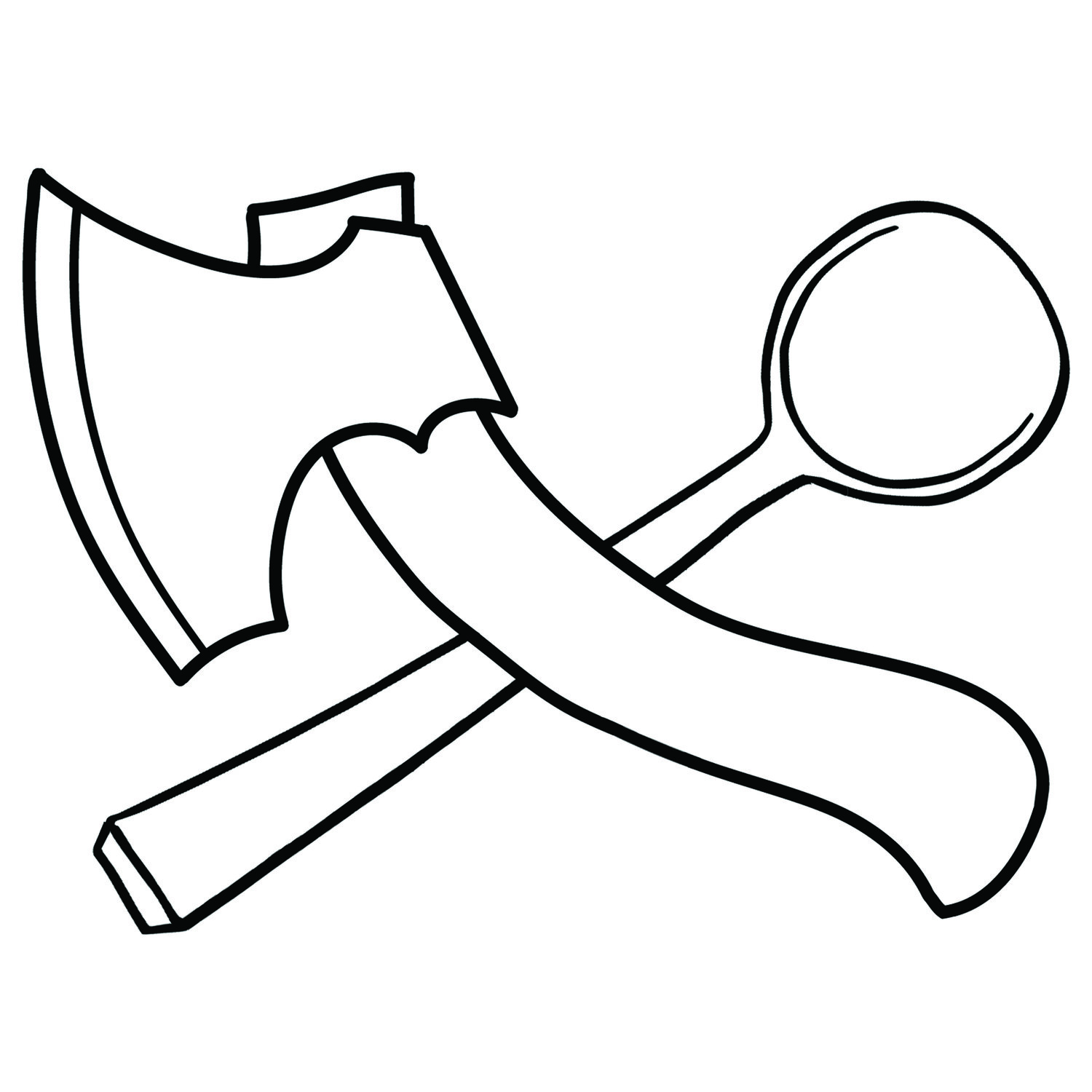Where do I start?
This is a question I get asked quite often, so I want to take the time to talk about the tools, materials and other resources you can use to get started with spoon carving.
I've already written about why you should carve a spoon and I won't spend much time talking about the actual techniques involved in spoon carving. This article is more of a primer on what resources to gather if you want to start making spoons.
What tools should I get?
This is probably the most asked question. The fantastic thing about carving wooden spoons is that the tools you need are very basic. Most simply you need a saw and several sharp wedges (an axe, a knife and a hollowing tool). There are lots of very similar options out there so I will stick to the best option that most people are going to be able to source. If you have an alternative tool you prefer over my suggestions, please share in the comments section below.
Saw
I would recommend a raker tooth saw. The raker tooth saw is for cutting rounds from larger green logs. The advantage of raker tooth saws is that they clear away wet saw dust better than peg tooth saws. Make sure that the saw is big enough to cut through what you've got.
Axe
This tool will do the heavy duty shaping of your spoon, removing most of the material that isn't spoon shaped. With practice you can get quite close to your final shape with just the axe. Probably the best axe for starting spoon carving is the Gransfors Bruks Wildlife Hatchet. It's light enough that anyone can use it without getting too tired. The quality of Gransfors' tools is exemplary and the edge geometry of the axehead is well suited to carving.
Knife
The absolute best spoon carving knife for your money is the Mora 106. The long blade allows for powerful sweeping cuts. The thin tips lets you carve tight corners and the laminated steel holds its edge well. It's inexpensive and widely available. 'Nuff said.
Hollowing
This is the one tool where I'm going to give several options. I use the Hans Karlsson spoon knife. I really like the open sweep and the size is great for a wide variety of spoon bowls. I would advise staying away from the Mora spoon knives (162 and 164). The grind isn't great, the 164 has a useless and frankly dangerous point at the end and the two edges of the 162 stops you from using several very useful grips.
I've also used spoon knives from the following makers, and I highly recommend them: Nic Westermann, Dell Stubbs, Svante Djarv, Robin Wood and Ben Orford.
*Update* Morakniv have changed the grind on the new 164S and 162S. I haven't had a chance to use either myself though.
Materials
Using hand tools to carve spoons is best done with freshly cut 'green' wood. Recently felled wood is easier to carve but sourcing it is a little trickier than getting your hands on dry wood. Contacting local tree surgeons, parks and nature conservation organisations is a good place to start. While almost any hardwood is suitable for making spoons I would recommend starting with birch. Birch is a fast growing genus common to many parts of the world and easy to identify from its often white, peeling bark. The wood is easy to carve, but hard enough to give a good finish once it dries. It is a lovely pale golden colour, without much difference between the heartwood and sapwood. I would however encourage beginners to try as many different woods as they can as even within different parts of the same tree there can be variances in how well a piece carves.
Happy carving!
If you enjoy the content of this site and find it to be useful, help me to be able to spend more time on similar articles by becoming a Patreon.






